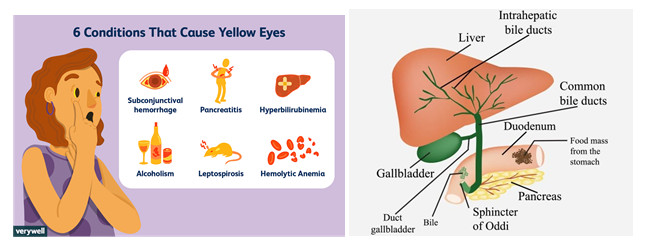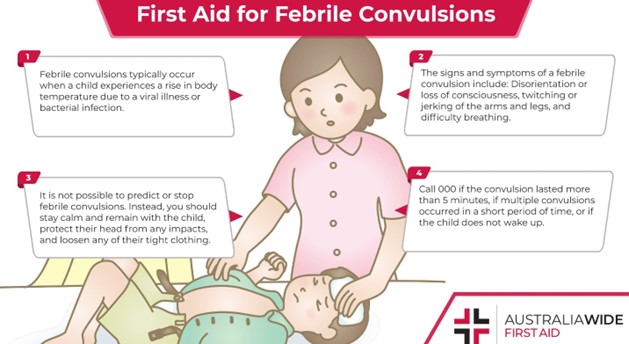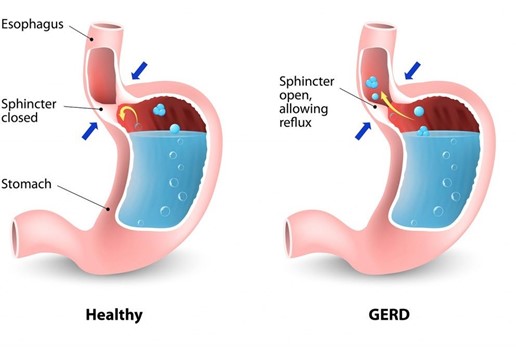The nurse is assessing a 2-week-old male infant in a community health clinic and notes that his sclera appear slightly yellow. Additionally, urine in his diaper appears tea-colored.
This child should receive follow- up assessment for what condition?
Intussusception.
Biliary atresia.
Hirschsprung's disease.
Huntington's disease.
The Correct Answer is B
Biliary atresia is a condition that can cause jaundice in newborns and infants, and it can also lead to tea-colored urine due to the presence of bilirubin in the urine. Infants with biliary atresia require further assessment and treatment, including possible surgery, to prevent liver damage and other complications.
A. Intussusception is a condition in which a part of the intestine folds into itself, causing an obstruction, but it does not typically present with jaundice or tea-colored urine.
C. Hirschsprung's disease is a congenital condition that affects the large intestine and can cause bowel obstruction, but it also does not typically present with jaundice or tea-colored urine.
D. Huntington's disease is a genetic neurological disorder that typically does not present in infants and does not cause jaundice or tea-colored urine.

Nursing Test Bank
Naxlex Comprehensive Predictor Exams
Related Questions
Correct Answer is C
Explanation
The nurse should reassure the parents that febrile seizures typically decrease in frequency as the child grows older. Most children outgrow febrile seizures by the age of 5 years.
Ibuprofen is not typically used prophylactically to prevent febrile seizures.
Providing the child with a sponge bath for temperatures over 100.6°F (38.1° C) can help to lower the fever, but it will not necessarily prevent febrile seizures.
Avoiding excessive visual stimuli is not necessary for children with febrile seizures, as this type of seizure is triggered by a fever rather than visual stimuli.

Correct Answer is A
Explanation
The child with gastroesophageal reflux should avoid acidic and spicy foods, as well as high-fat and high- sugar foods. Sugar cookies are a low-fat and low-sugar snack, which indicates that the child understands the dietary restrictions. Choices B, C, and D are high in fat, sugar, or acid and may exacerbate gastroesophageal reflux symptoms.

Whether you are a student looking to ace your exams or a practicing nurse seeking to enhance your expertise , our nursing education contents will empower you with the confidence and competence to make a difference in the lives of patients and become a respected leader in the healthcare field.
Visit Naxlex, invest in your future and unlock endless possibilities with our unparalleled nursing education contents today
Report Wrong Answer on the Current Question
Do you disagree with the answer? If yes, what is your expected answer? Explain.
Kindly be descriptive with the issue you are facing.
